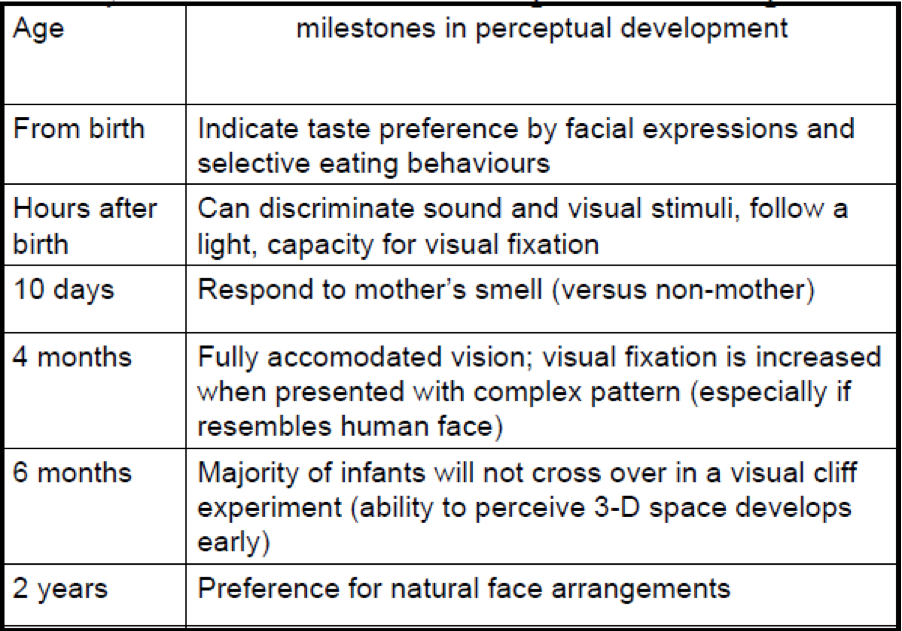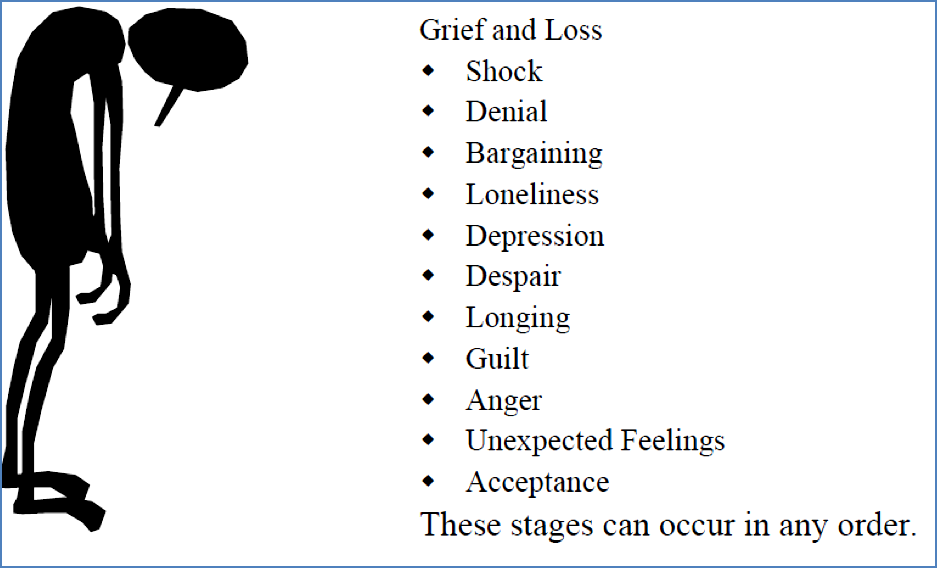Table of Contents
Overview – Human Development
Human development spans physical, emotional, cognitive, and social changes from conception through old age. Understanding these stages is vital in psychiatry, paediatrics, and general medicine to recognise normal development, intervene early in pathology, and support age-appropriate care. This guide outlines key life phases, developmental theories, and common clinical issues across the lifespan.
Stages of the Lifespan
| Phase | Approximate Age | Key Highlights |
|---|---|---|
| Prenatal | Conception → Birth | Rapid development of the nervous system and body |
| Infancy | Birth → 2 years | Motor development, attachment to primary carer |
| Childhood | 2 → 13 years | Logical reasoning, motor refinement, early peer influence |
| Adolescence | 13 → 20 years | Abstract thinking, identity development, continued peer influence |
| Adulthood | 20 → 65 years | Love, career, family, stability; physical abilities begin to decline |
| Old Age | 65+ years | Reflection, physical and cognitive decline, preparation for end of life |
Piaget’s Cognitive Development Theory
Sensorimotor Stage (0–2 years)
- Object permanence
- Deferred imitation
- Early symbolic thinking
Preoperational Stage (2–7 years)
- Rapid language development
- Classification and categorisation
- Counting
- Egocentrism
Concrete Operational Stage (7–11 years)
- Logical reasoning
- Symbolic thought
- Mastery of classification
Formal Operational Stage (11+ years)
- Abstract and scientific reasoning
- Hypothesis testing and problem-solving
Erikson’s Psychosocial Development

Prenatal Development
Factors Affecting Foetal Health
- Biological: maternal age, nutrition, infections, congenital malformations
- Psychological: maternal stress, anxiety (linked to future mental health)
- Social: financial stability, family support
Infancy (0–2 years)
Motor Development
- Reflexes: Moro, palmar grasp, sucking
- Milestones influenced by environment, prematurity, siblings

Perceptual & Emotional Development
- 0–6 months: smiling (12–16 weeks), laughter, attachment
- 7–12 months: fear and anger emerge, social referencing
- 12–24 months: self-conscious emotions, empathy begins

Cognitive Development
- Assimilation: integrate new info into existing schemas
- Accommodation: update mental frameworks with new experiences
Common Clinical Issues
- Growth and developmental delays
- Abuse (physical, sexual, emotional, verbal)
Childhood (2–13 years)
Emotional Development
- 3–6 years: greater emotional expression, understanding others’ feelings
- 7–11 years: self-regulation, multi-emotion awareness, increasing empathy
Common Clinical Issues
- Biological: asthma, childhood cancers
- Psychological: bullying, eating disorders
- Social: school refusal, separation anxiety
Adolescence (13–20 years)
Developmental Milestones
- Physical: puberty, reproductive capability
- Social: independence, risk-taking, role identity, self-esteem
Common Clinical Issues
- Depression, anxiety
- Eating disorders
- Substance abuse
- Risk-taking behaviours
Adulthood & Older Age
Major Life Events
- Marriage, work, raising children, experiencing death
Physical & Psychological Changes
- Strength peaks (25–30 yrs), then gradually declines
- Sensory systems deteriorate
- Crystallised knowledge preserved; fluid intelligence declines
Common Clinical Issues
- Depression, anxiety, chronic diseases (diabetes, CVD, arthritis)
- Cancer, neurodegenerative conditions
Stages of Grief (Kubler-Ross Model)

Impact of Separation & Divorce on Children
Age-Specific Reactions
- 0–5 years: sleep disturbance, clinginess, regression (e.g. bedwetting)
- 5–8 years: distress when separated from a parent, anger, anxiety
- 8–12 years: parent-blaming, somatic complaints, lying, stealing, running away
- 12–16 years: school disengagement, emotional withdrawal, acting out
Summary – Human Development
Human development encompasses a predictable sequence of physical, emotional, and cognitive changes across the lifespan. Developmental theories such as those by Piaget and Erikson help explain age-based behaviours, while understanding clinical red flags allows for timely intervention. For a broader context, see our Psychiatry & Mental Health Overview page.